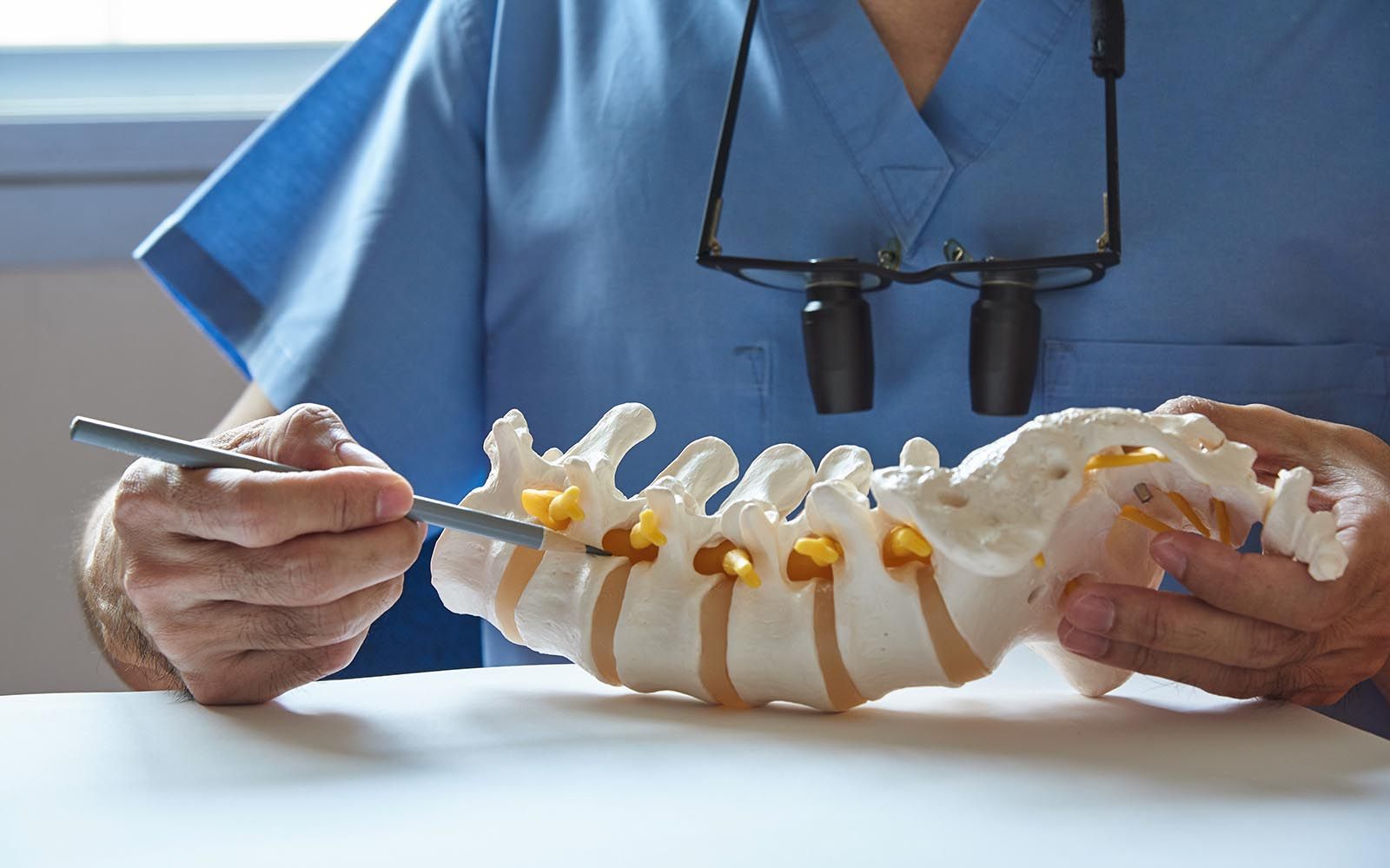
Spine Surgery
Why might I need spine surgery? You might need spine surgery if you have a back or neck condition that can’t heal properly on its own. Or surgery might be something to consider if your long-term spine pain isn’t improving with nonsurgical treatments. Back and neck pain cause suffering to millions of people in the United States each year. Some live with it for decades, missing out on many aspects of a happy, rewarding life because of their pain.
Nonsurgical treatments include physical therapy and medication. Epidural steroid injections and radiofrequency ablation can help with more severe or long-lasting pain.
If you’ve had months of treatment and tried everything without success, Dr. Weinstein might suggest spine surgery. What conditions can spine surgery treat? Dr. Weinstein uses spine surgery to treat many back and neck conditions, including:
- Cervical radiculopathy (nerve pain in the neck)
- Degenerative disc disease
- Herniated discs
- Lower back pain
- Myelopathy (spinal cord compression)
- Sciatica (lower back and leg pain)
- Spinal stenosis (narrowed spinal canal)
- Spondylolisthesis (vertebrae slipping over one another)
- Spondylosis (age-related spinal arthritis)
- Vertebral compression fractures
Spine surgery is often more effective than other treatments because it treats the causes of back and neck pain. What spine surgery might I need? The surgery you need depends on the cause of your spine condition. Dr. Weinstein offers spine surgeries that address most patients’ needs, including:
Disc surgery
The discs (spongy pads between the vertebrae) in your spine are a common cause of back and neck pain. Dr. Weinstein can do a microdiscectomy to remove the herniated portion of a disc, where the core pushes into the spinal canal. A discectomy removes the entire disc. After disc surgery, you might need fusion (joining the vertebrae on either side of the space with a bone graft). An alternative is artificial disc replacement, where Dr. Weinstein implants a synthetic disc in the space.
Spinal decompression
Decompression means reducing the pressure on your spine’s soft tissues and nerves. Dr. Weinstein might remove portions of the vertebrae (laminotomy and foraminotomy) or an entire section of bone (laminectomy and corpectomy).
Vertebral augmentation
Vertebral augmentation restores height and stability to damaged vertebrae. The most common techniques are vertebroplasty and kyphoplasty. Vertebroplasty is an injection of bone cement into a vertebral compression fracture. With kyphoplasty, Dr. Weinstein increases the space inside the vertebra using a balloon before injecting the cement. Call Comprehensive Orthopedic & Spine Care today or book an appointment online to find out more about the superior spine surgeries offered.








